As the first mass-produced car equipped with Huawei HI full-stack intelligent car solution, the intelligent driving solution of the Arcfox Alpha S HI version is enough to make it the ceiling of pure electric vehicles. After upgrading to Huawei’s advanced intelligent driving assistance, it truly realizes full-scene intelligent assistance driving in the three major environments of high-speed, urban areas, and parking, which also makes the Arcfox Alpha S HI version jump to the first camp of intelligent assisted driving and create its strongest “killer” in the new energy field.
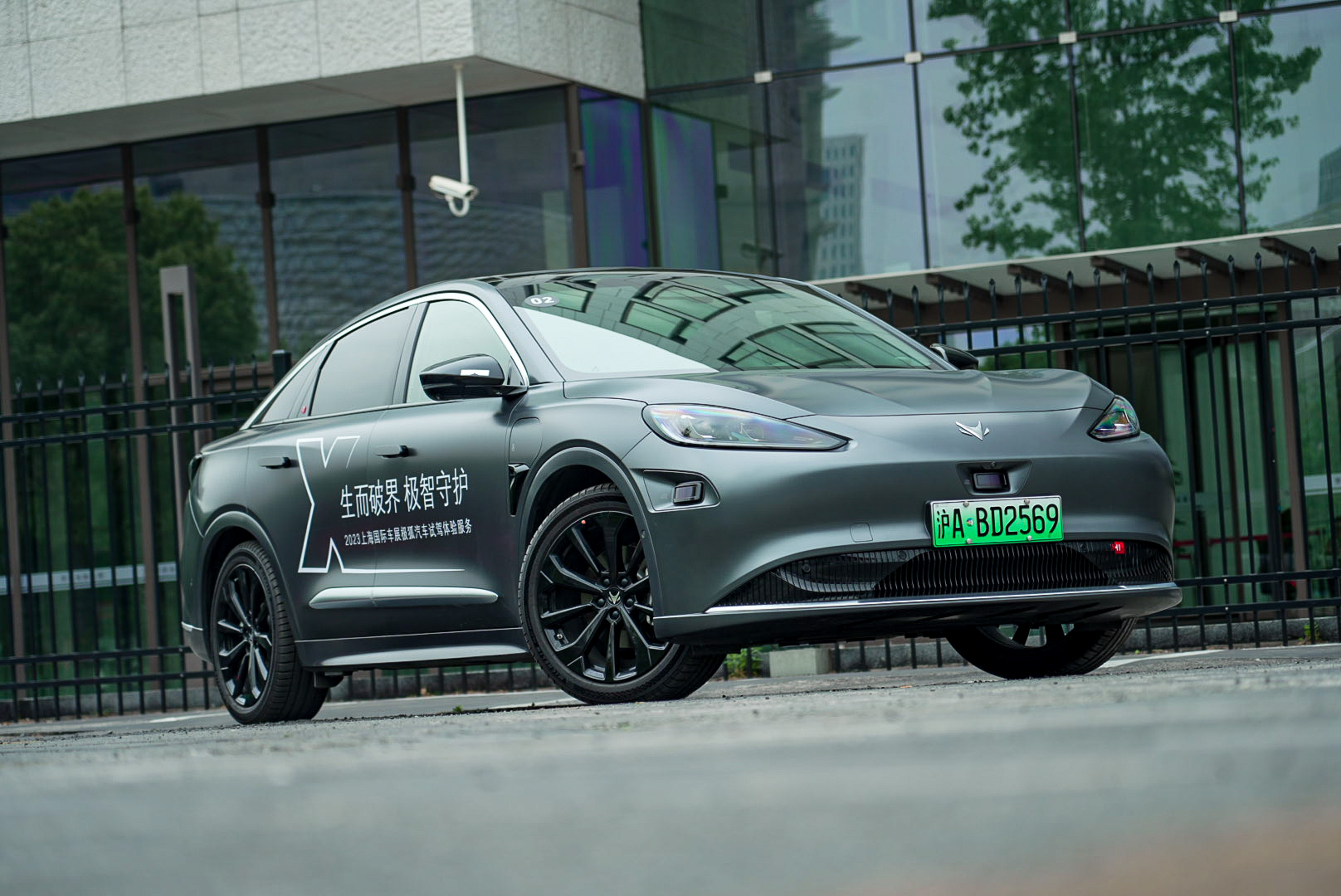
Previously, Garage 42 had comprehensively evaluated the ability of the Arcfox Alpha S HI version’s NCA urban navigation assisted driving, which performed very proficiently in the logic of lane changing, traffic light recognition, avoidance detour, and passing through complex intersections, with a taste of “experienced driver”. The Arcfox Alpha S HI version can truly provide drivers with point-to-point intelligent travel experience. Except for a few scenarios, most scenarios in the test drive can achieve intelligent assisted driving. Drivers only need to hold the steering wheel and maintain vigilance in some risky scenarios.
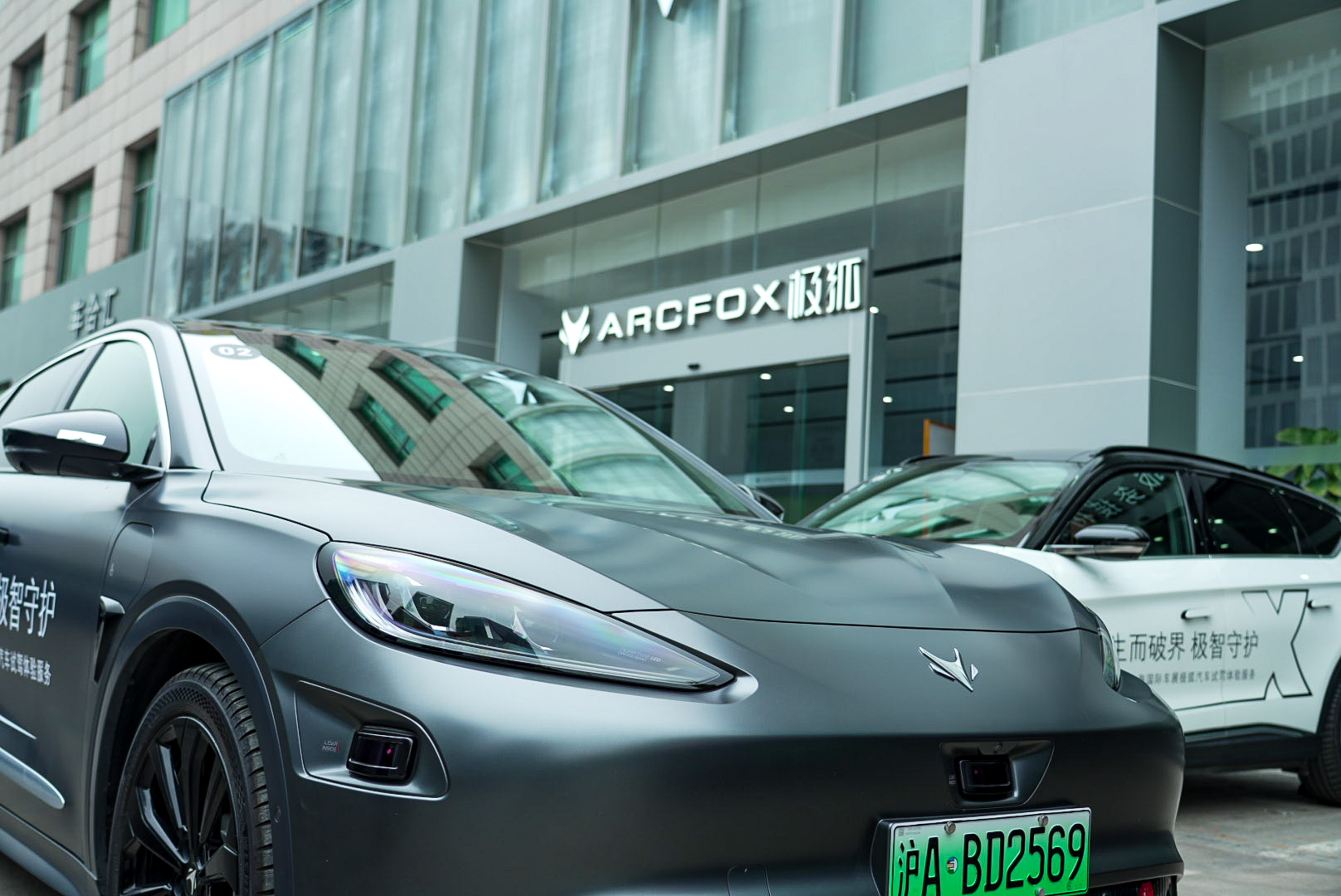
This test drive route was officially designated, starting from the Arcfox Center in Shanghai Haofu and heading to the Roosevelt Building on the Bund. The total distance was 32 km, including tunnels, elevated roads, and ground roads, which can focus on testing the Arcfox Alpha S HI version’s precision of high-precision maps, signal reception in tunnels, and the ability to deal with changes in strong light perception systems. Of course, the most challenging Nanpu Bridge for driving assistance route planning and lane changing test was also planned in this route.
Arcfox Alpha S HI version hardware review
The Arcfox Alpha S HI version has a total of 5 categories and 34 sensors, including 3-way lidar arranged in front of the car and at 45 degrees on both sides, 13 high-definition cameras (forward four in one, 4 side view, 4 fisheye, and 1 rear view camera), 6 millimeter-wave radars (forward and backward four corners), and 12 ultrasonic sensors, which can achieve 360-degree full coverage.“`
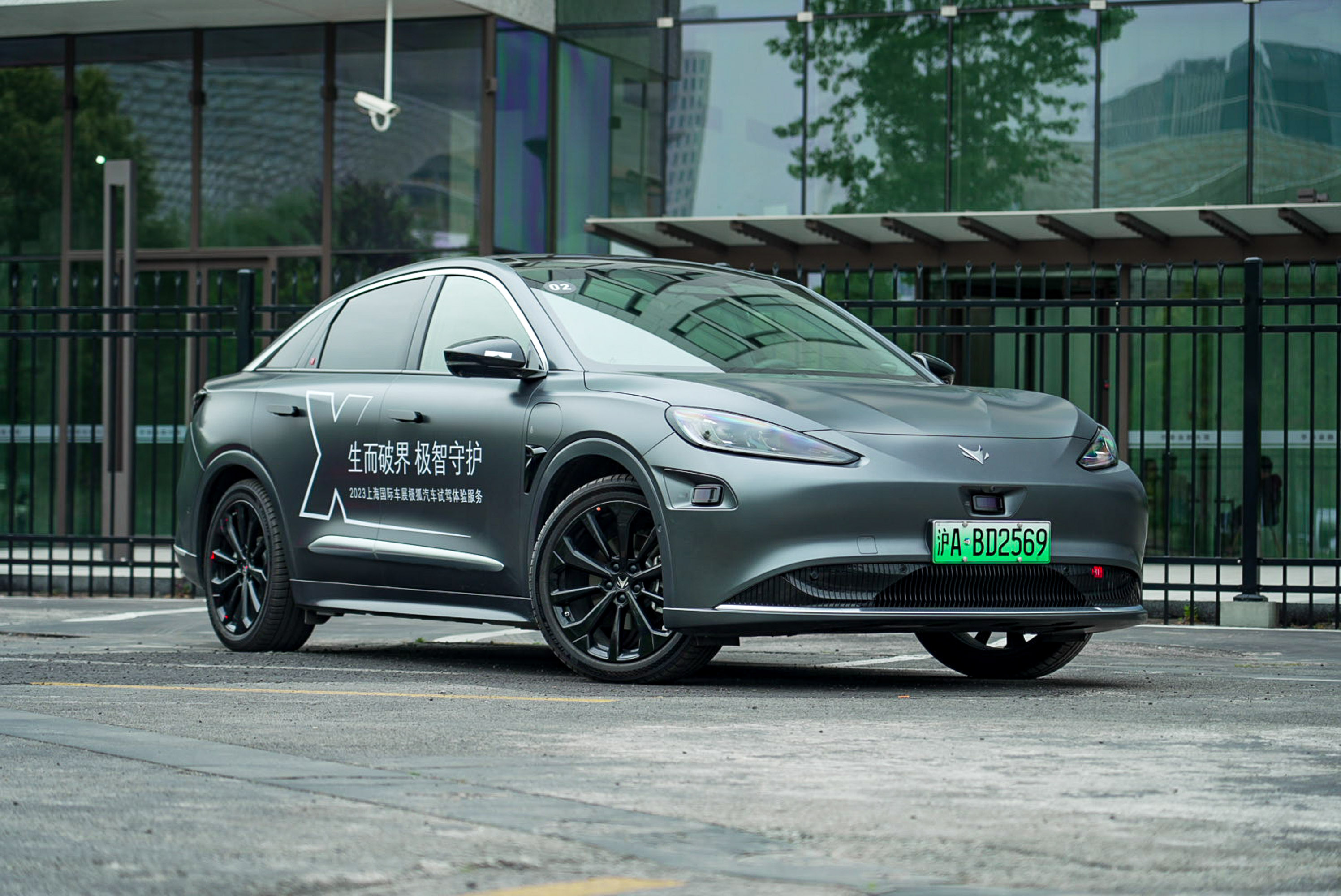
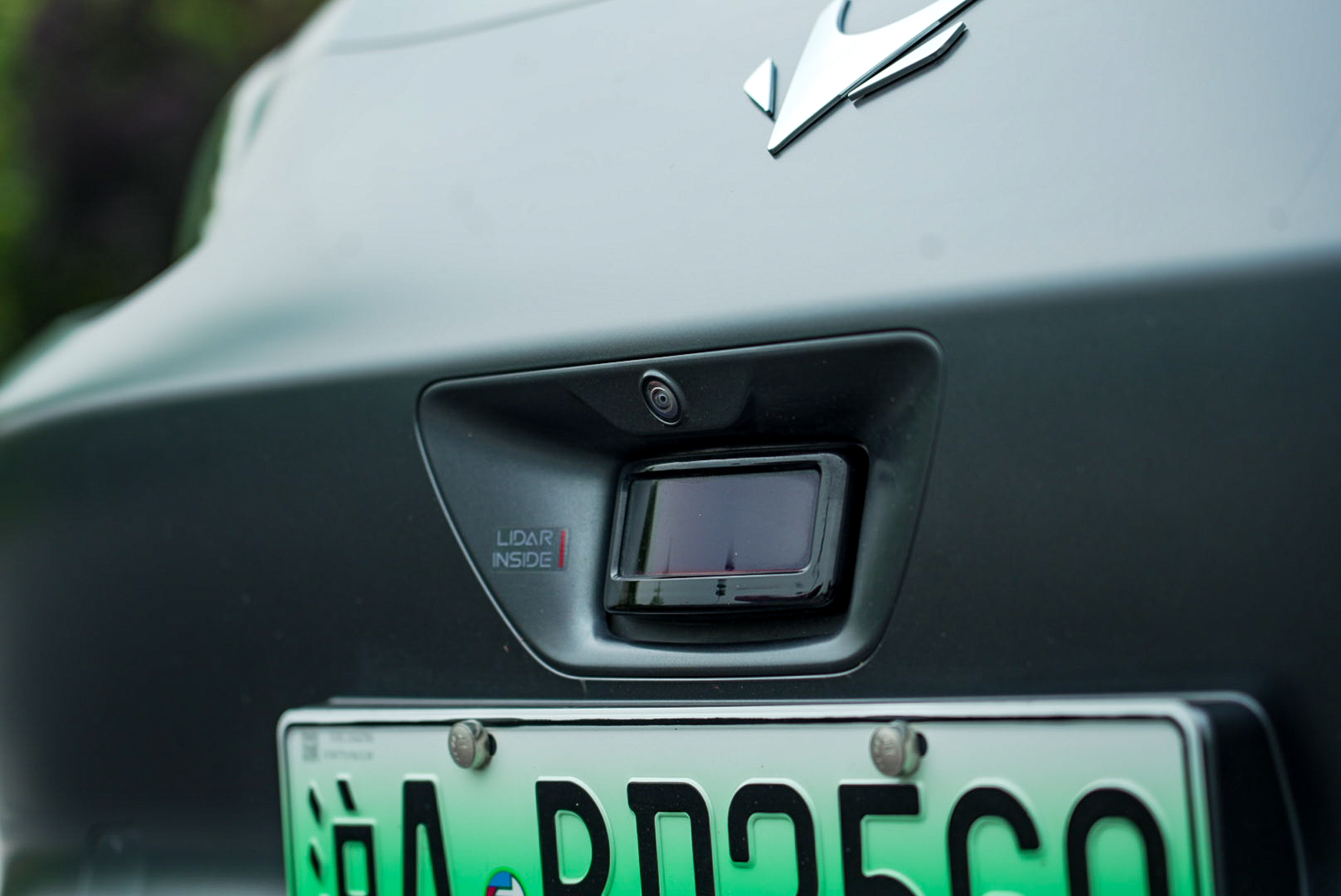
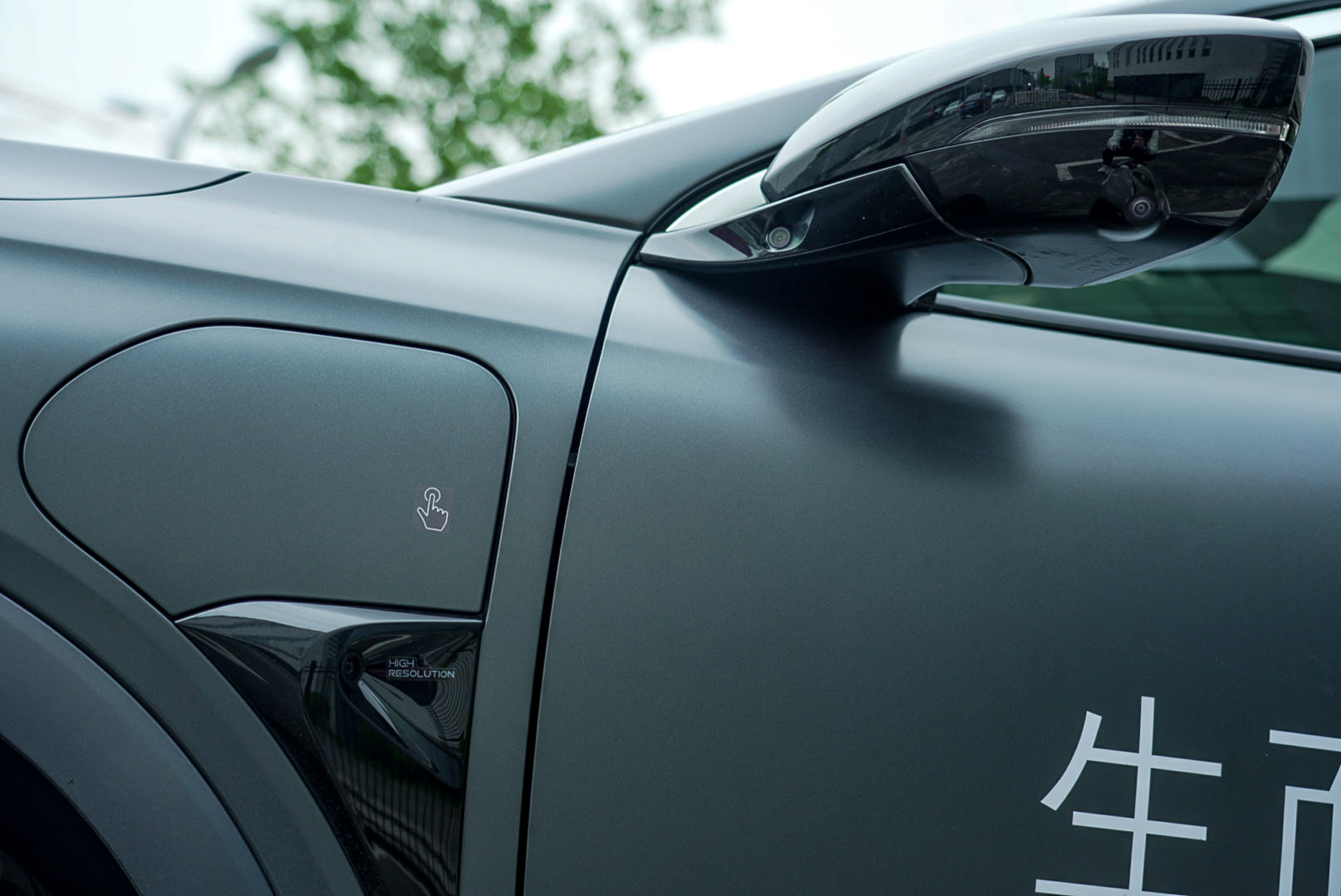
However, the placement of the laser radar in the Jekyll Alpha S HI version is worth discussing, especially the two laser radars at 45° on both sides of the front bumper. Based on past driving experience, these two corners of the vehicle are most prone to scratches and placing laser radars there will undoubtedly increase the probability of laser radar damage. Considering that the cost of a single laser radar is still quite high, this will undoubtedly increase the maintenance cost of the vehicle in the future.

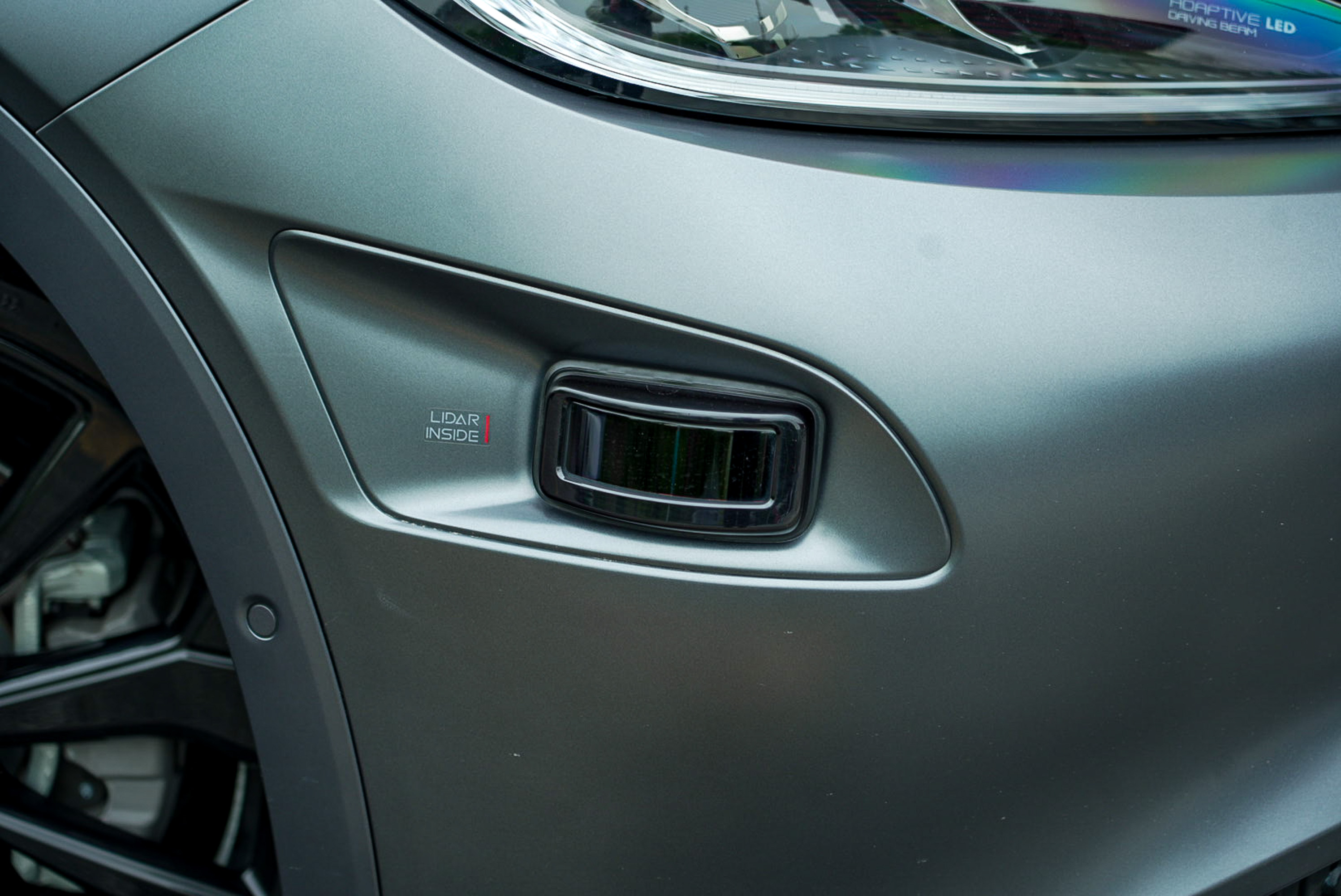
On the software side, the Huawei ADS advanced intelligent driving system is installed, which includes NCA urban intelligent driving navigation assistance, NCA high-speed intelligent driving navigation assistance, APA automatic parking assistance, RPA remote parking, AVP automatic valet parking and other functions. This basically covers the vast majority of daily driving scenarios. The experience we had this time was the NCA urban navigation driving assistance. Currently, the Jekyll Alpha S HI version has opened its NCA urban areas in Shanghai, Shenzhen, and Guangzhou.
NCA urban driving assistance is available, but there is still a gap from experienced drivers
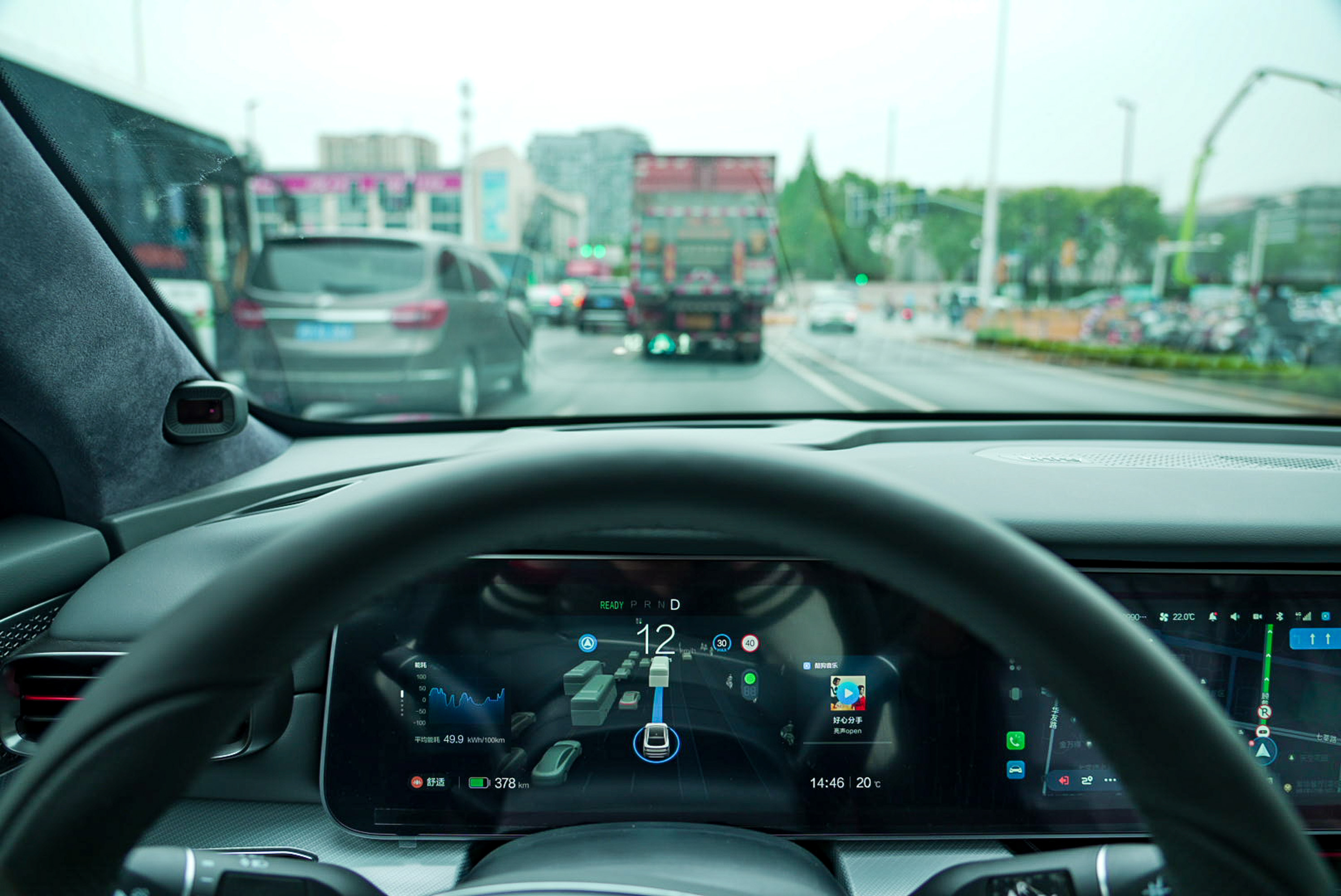
After the entire experience, although most of it was on roads with more complex conditions, the overall performance of the Jekyll Alpha S HI version’s NCA urban driving assistance system was still quite smart. During the 32 km test drive, there were 4 takeovers, most of which were in more complex road scenarios, respectively:
“`- There was a construction excavator on the side of the road, which the system recognized but failed to bypass successfully.
- The vehicle went into the wrong lane, and the system realized this and autonomously changed lanes back to the original lane to avoid a collision risk.
- When exiting the South Pudong overpass, the system recognized the lane, but the vehicle did not execute it in a timely manner.
- At a complex intersection with a large number of vehicles merging from the right at high speeds, the system alerted the driver to take control.
In these cases, except for the South Pudong overpass, the traffic environment for the other three takeovers was relatively complex, and even human drivers would have had difficulty handling them, let alone current level of autonomous driving assistance technology.

The outstanding performance of the Jeefo Alpha S HI Edition City Urban Cluster Assist is mainly due to two factors: one is route execution based on high-precision maps, and the other is its powerful perception capability.
Firstly, with route execution based on high-precision maps, the Jeefo Alpha S HI Edition City Urban Cluster Assist can smoothly follow routes in most road sections, “without any pressure” at intersections or even when encountering isolated right-turn fork roads.
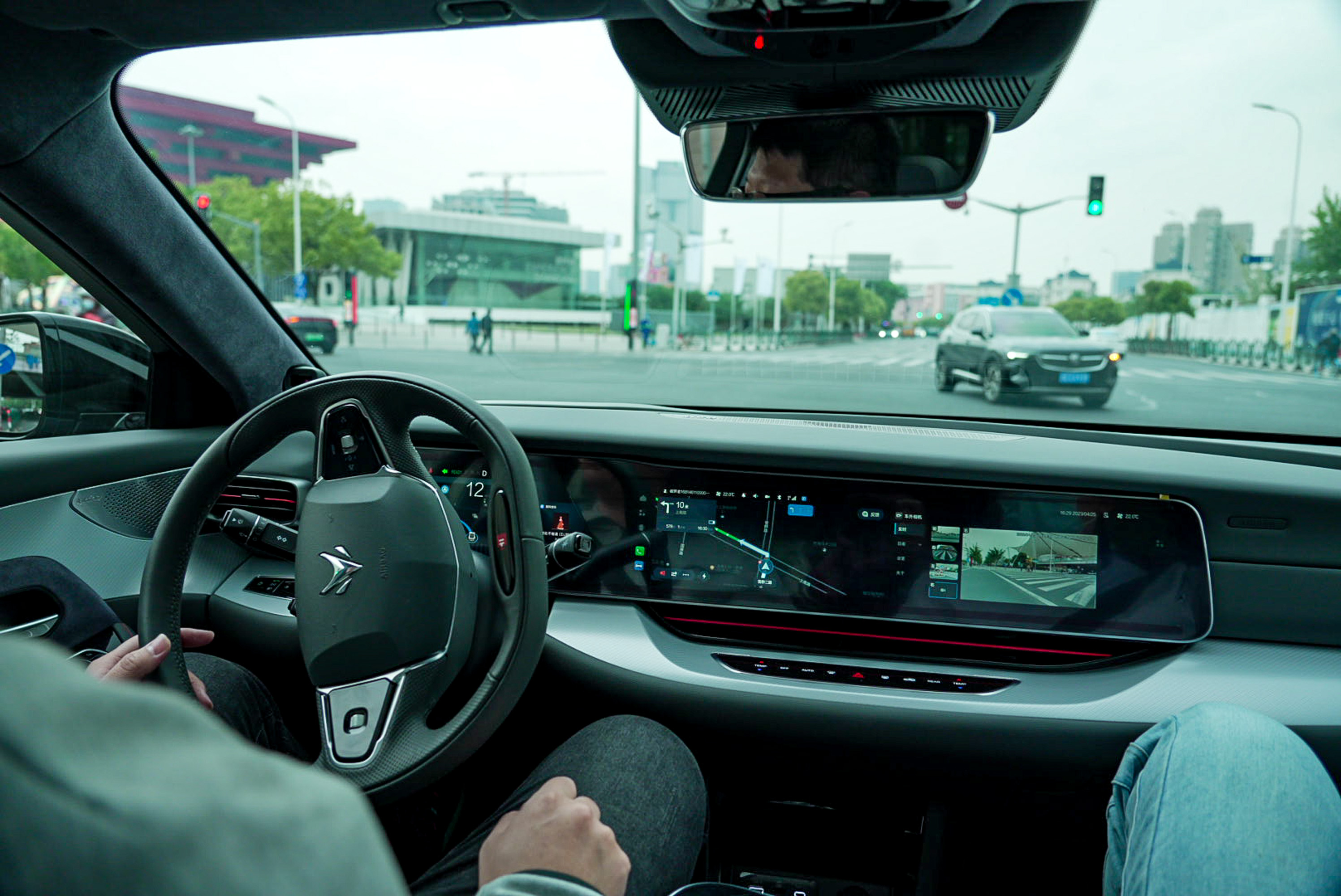
However, there were two instances of driving in the wrong lane. The first time was because there was a large curved bend in the road, and the vehicle went straight from the left lane to the right lane. The system quickly realized it was in the wrong lane and immediately prepared to switch back to the left side lane. However, the steering angle was a bit large, which posed a risk of collision with oncoming vehicles, so manual intervention was necessary. In fact, at that time, the vehicle could have continued straight along the right lane.
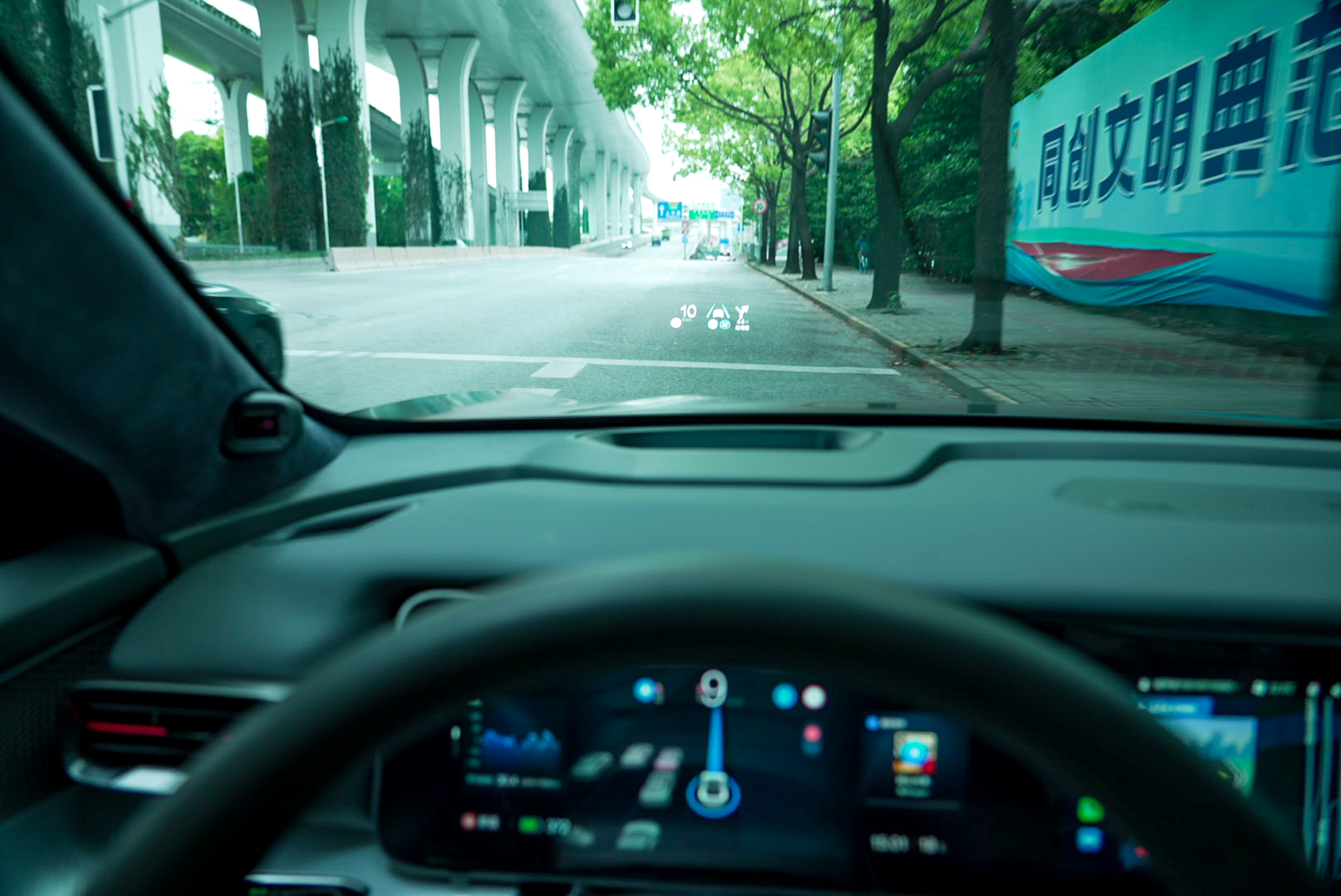
The second instance was after making a right turn. Because there were a lot of vehicles in the target lane, the system drove the vehicle onto the non-motorized lane, and even though the system recognized it as a motorized lane, the car completed the straight passage at the red light intersection there. Apart from these two cases, there were basically no route errors.
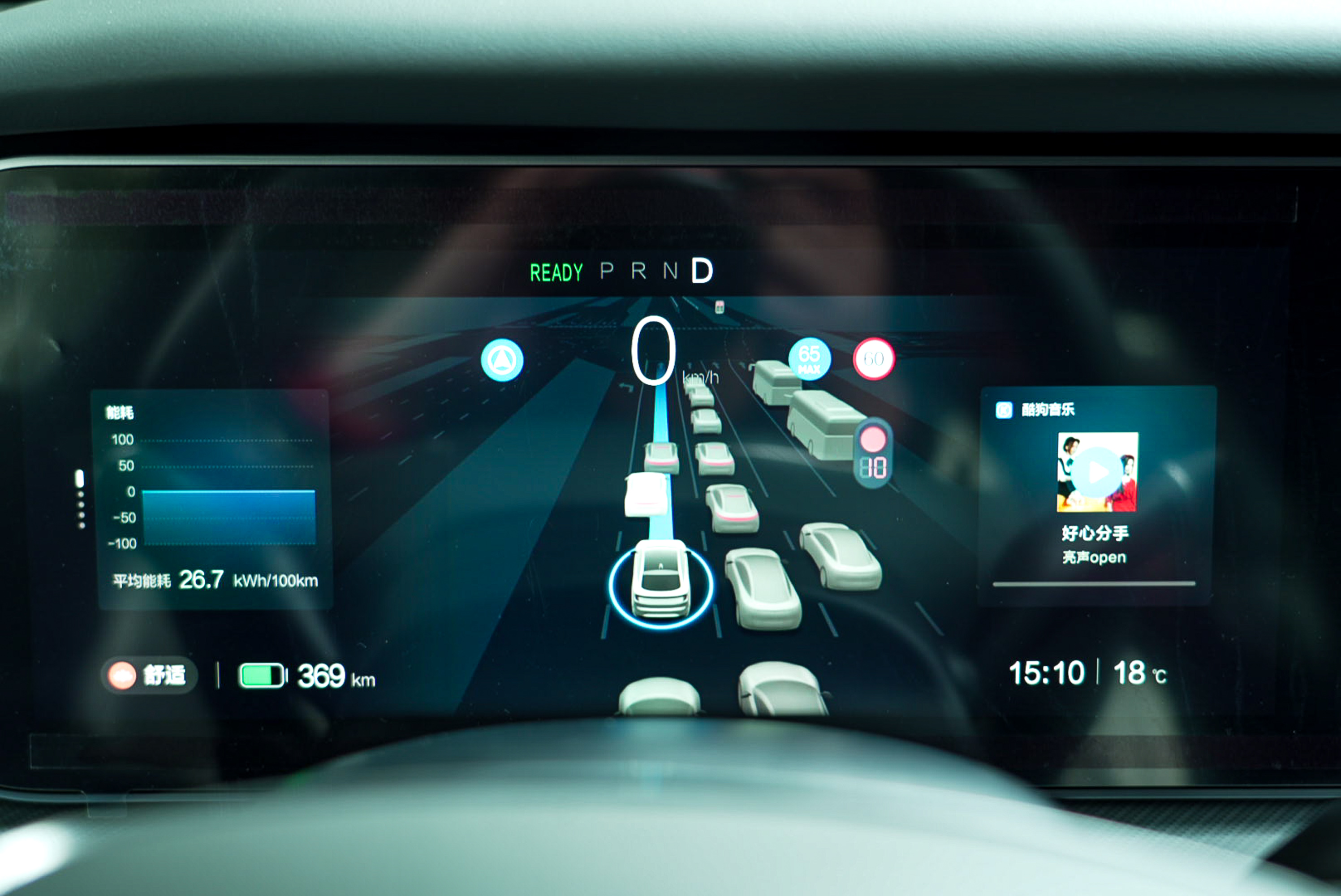 The strong perception ability enables the Jixu Alpha S HI version to recognize the traffic participants around the vehicle and process complex traffic environments, such as lane changing, giving way to pedestrians, traffic light recognition, and passing through unprotected left turns, unprotected right turns, and narrow intersections. Even in the case of multiple lanes turning left and with overhead columns, it can pass smoothly. Although the overall strategy is still relatively conservative, such as waiting for oncoming vehicles to finish before making an unprotected left turn, there is no problem with the driving rules.
The strong perception ability enables the Jixu Alpha S HI version to recognize the traffic participants around the vehicle and process complex traffic environments, such as lane changing, giving way to pedestrians, traffic light recognition, and passing through unprotected left turns, unprotected right turns, and narrow intersections. Even in the case of multiple lanes turning left and with overhead columns, it can pass smoothly. Although the overall strategy is still relatively conservative, such as waiting for oncoming vehicles to finish before making an unprotected left turn, there is no problem with the driving rules.
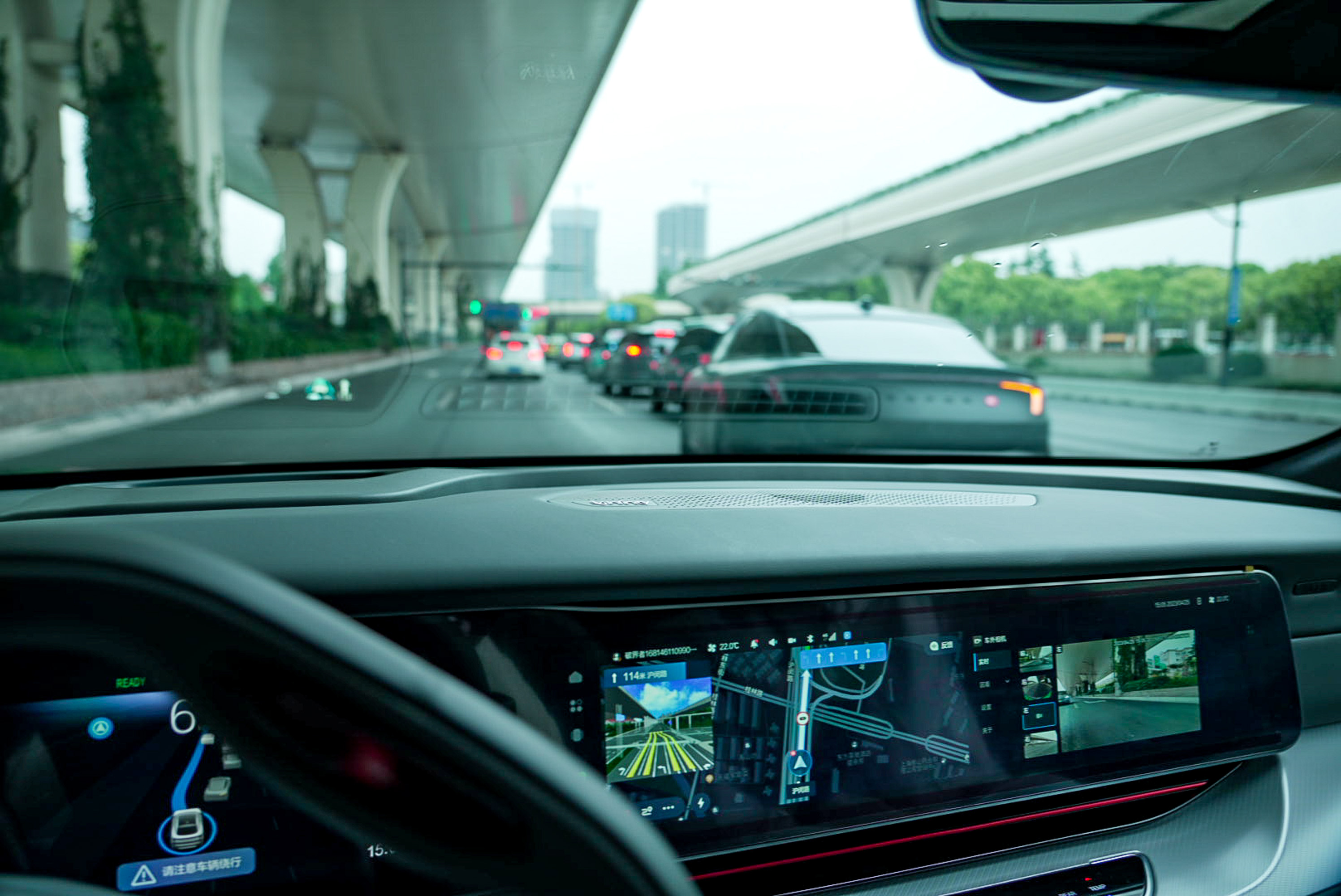
Another challenge on urban roads is the lane changing ability. Compared with highways, the frequency of lane changes on urban roads is higher, and the density of front and rear cars is also higher. The Jixu Alpha S HI version’s performance in this area is also quite experienced. When the system decides to overtake, the vehicle’s response is decisive but not aggressive, giving people a sense of just right balance between safety and efficiency. For example, when changing lanes with a close distance to the front and rear vehicles, even if the rear vehicle accelerates, the system will decisively accelerate and change lanes when the judgment conditions permit, without any hesitation. Although it is still a bit far from being a “veteran driver,” this performance has surpassed many novice drivers who are not proficient in driving skills.
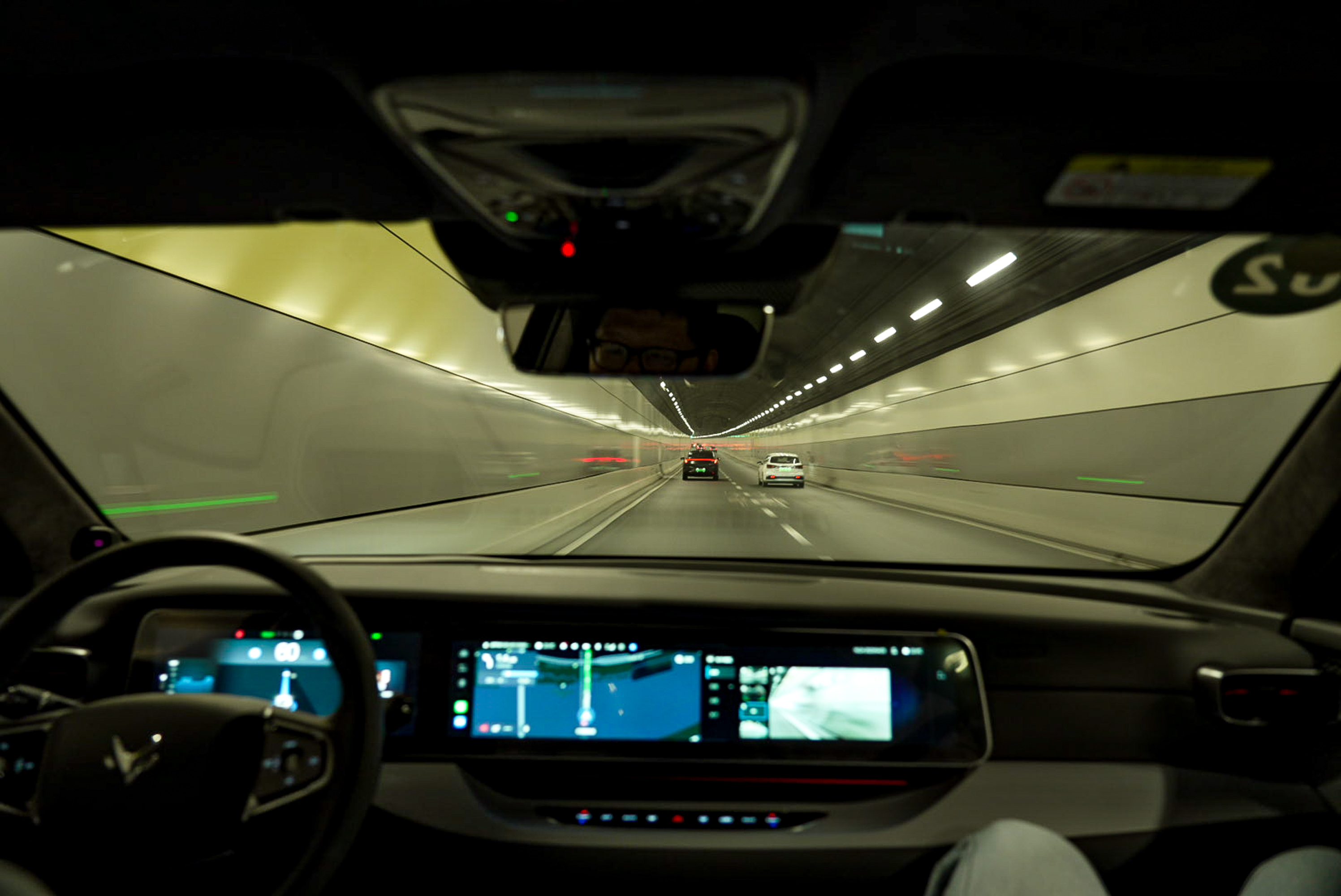
In addition, in some intersections with many vehicles, the system can also plan ahead. For example, if the navigation display shows that the next intersection needs a right turn and the vehicle senses that the vehicles in the section are relatively dense, it will enter the right turn lane in advance and maintain it, without rashly changing lanes to overtake, which may lead to embarrassment of being unable to complete the lane change.
In conclusion, the Jixu Alpha S HI version’s NCA urban navigation assisted driving system is in line with the performance of the first echelon, although it is still somewhat conservative in some cases, it is already in a state that makes people willing to use it.
In conclusion
As a working person who needs to commute between suburban and urban areas in Shanghai, most of the enclosed sections have made me a heavy user of the highway navigation assist function because it greatly enhances my happiness index on the way to work every day. But in fact, compared with highway conditions, the complicated intersections and traffic conditions in urban areas actually require navigation assistance to help drivers break free from the mental exercise of fighting wits and courage.

The NCA experience in the urban area has shown that the overall performance of the Alpha S HI by Hozon Auto is meeting expectations. Its impressive adaptability to road conditions, as well as the maturity demonstrated by the system, far exceeds what was anticipated. It allowed me to trust the system enough to assume the role of supervisor, and I eagerly anticipate what kind of surprises the Alpha S HI will bring once upgraded to Huawei ADS 2.0, as well as the opportunity to try out the free route experience.
This article is a translation by ChatGPT of a Chinese report from 42HOW. If you have any questions about it, please email bd@42how.com.